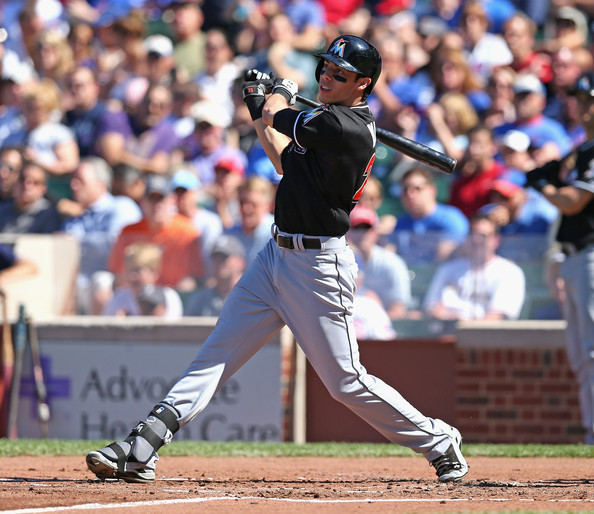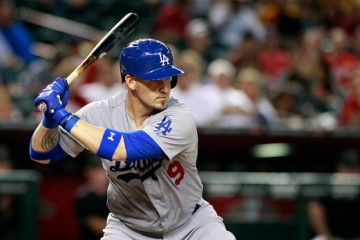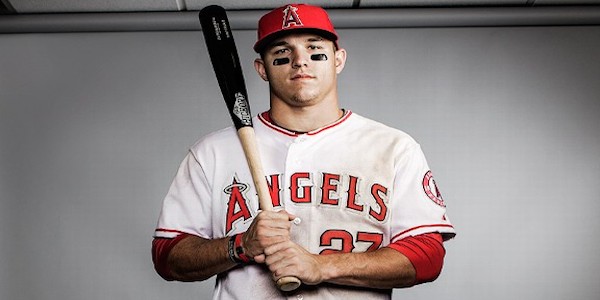2017 Fantasy Baseball: The Fielding Chronicles– Miami Marlins

Thankfully, the Jeffrey Loria era is about to come to an end in Miami. Baseball’s bulimic franchise is about to gain some stability. At least we hope the new ownership group (whoever it may be) will bring some stability to south Florida. Like with real bulimia, the baseball version causes internal damage you can’t see from the outside. In the case of the Marlins, they have never gotten positive momentum because they continuously abandon their plans almost before they start.
Free agency has certainly had an accelerated effect on the development of lineups and franchises. Even in that world, the Marlins have not had a ton of stability. So, evaluating fielding over an extended period of time might be a stretch. That being said, the majority of the Marlins lineup has been intact since 2014. Ironically, that might be the longest period of stability for Loria in his time as owner and it comes as his ownership draws to a close.
We are looking at each team’s fielding since 2014 using defensive runs saved at billjamesonline.com. The site looks at individual fielders and team fielding numbers using the Fielding Bible system. We will break down the infield, outfield, and shifting data and compare it to the defense efficiency ratings from baseball-reference.com. DER measures the percentage of balls in play that get converted into outs. That is obviously the ultimate guide of how a defense performs.
Team Overview
| Infield | Outfield | Shifts | Total | Rank | DER | Rank | |
| 2014 | -46 | +29 | -7 | -24 | 13th | .675 | 14th |
| 2015 | +22 | +11 | +2 | +35 | 3rd | .694 | 4th |
| 2016 | +4 | +10 | +2 | +16 | 6th | .683 | 8th |
The only consistency has been a lack of consistency. Perhaps the biggest surprise/concern has been the shifting data from the Marlins. We have yet to see a team with a negative rating, but the Marlins are the first. Over three years they have saved minus three runs with their shifts. That is abnormally awful. This is where the baseball bulimia comes in. An organization that struggles with continuity on the field has also struggled off the field. That means that they also struggle to make good use of the kind of data that produces quality shifting.
It isn’t any doubt that the team has improved overall since their lineups gained some consistency. Of course, the infields have fluctuated greatly even though the principle fielders have remained fairly constant. We will get into that later, but the morale of the story is that predicting anything for the Marlins defensively is difficult at best.
Strongest Fielder
One of the big decisions in the offseason came with the Marlins outfield alignment. They knew they had Giancarlo Stanton in right field, but the choice came down to who would play center field. Christian Yelich has been a plus 19 runs in left field. So, they decided to move him to center field to take advantage of his better defense. He likely will end up being neutral in center field, but that will be better than what they have been getting there.
Weakest Fielder
Grading out catchers is admittedly the hardest position to grade. There are a number of considerations that go into it. You have pitch framing, blocking pitches in the dirt, calling pitches, and throwing out would be base stealers. Most platforms do an excellent job of grading everything except pitch framing. This is where most of the disagreements come from between the platforms.
So, when we see that J.T. Realmuto is minus 12 runs over the last three years (including minus 13 last year) it makes us take pause. Usually we don’t worry too much about the methodology of individual rating systems because their findings are fairly similar. This is not true of catchers, so it might pay to do some comparison shopping on his rates to see what exactly the Fielding Bible is seeing.
Fortunately, billjamesonline.com breaks down the fielding into different categories. In particular, it looks at both a strikezone category and an earned runs saved category. We can only assume one refers to pitch framing while the other refers to specifically working with pitchers. He was a combined minus 17 runs in both categories last season.
Key Changes
Officially there are no changes. That is a unique situation for the Marlins as they have been team turnover for much of the decade. However, they did not have Justin Bour for much of the season at first base or Dee Gordon for much of the season at second base. One missed because he was in the minors while the other missed due to a suspension. The net difference is probably negligible as Gordon has been a positive impact fielder and Bour has been a negative impact performer.
Key Pitchers
The key question for most fantasy players is how new performers will perform on their new teams. Both Wei-yin Chen and Tom Koehler have been in Miami before and Adam Conley has been there too, so we can predict how they will perform. Dan Straily and Edinson Volquez are the question marks at this point.
Based on past performance, we can predict better things for Volquez because his ground ball rate has been a solid 51 percent over the past three years. The Marlins infield is above average defensively and ground ball pitchers tend to translate better between teams because they are less susceptible to the individual quirks of each ballpark. Straily has had a paltry 37 percent ground ball rate. Moving to Miami could wind up working in his favor long term as compared to Cincinnati, but he is still at the whim of a shakier defensive outfield overall and the variations of home runs to flyball rates that effect every fly ball pitcher. If owned, he is best used a flappable stock that you cash in when he is on a hot streak.




